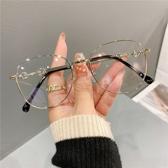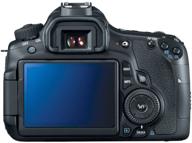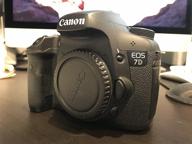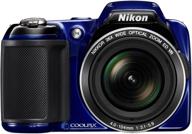
Review on 📷 Fujifilm FinePix XP60 16.4MP Digital Camera Review: A Detailed Look at the 2.7-Inch LCD & Yellow Design (OLD MODEL) by Beth Allen

Best Buy Snorkel Camera
I chose this model over its "big brother" (FinePix XP200) because it's smaller, lighter, and has longer battery life. I would like the XP200's Wi-Fi connection, but I don't need to record my fish in stereo. None of the cameras can accompany me into the underwater depths. This requires a separate housing to protect against water. If you can dive deeper than 20 feet or so, consider the XP200. It is designed for greater depths than the XP60 but is excellent for surface diving with the occasional deeper dive. I recently took it on a beach trip to Curacao and it lived up to my expectations. I didn't see much of a difference in color rendering between underwater and surface capture modes, but color rendering can be corrected with computer processing. At least this cell didn't leak and you were warned not to open the front door without drying the cell. I followed the warning and had no problems. However, remember that this is an underwater camera with a non-protruding lens behind an optical glass panel. You can probably find cheaper cameras that take pictures as good or even better than the XP60 (especially in terms of contrast and clarity), but they don't swim with you!
- Absolutely Amazing!
- Compatibility
New products
Comments (0)
Top products in 📷 Digital Cameras

Canon EOS 60D: 18MP CMOS Digital SLR Camera Body - Your Next Photography Companion

125 Review

Nikon D3100 DSLR Camera with Auto Focus-S Nikkor Zoom Lens (Discontinued by Manufacturer)

109 Review

Discontinued Canon EOS 7D Digital SLR 📷 Camera Body Only with 18 MP CMOS Sensor

88 Review

Nikon COOLPIX L810 Digital Camera: 16.1MP, 26x Zoom, NIKKOR ED Glass Lens, 3-inch LCD (Blue)

95 Review





